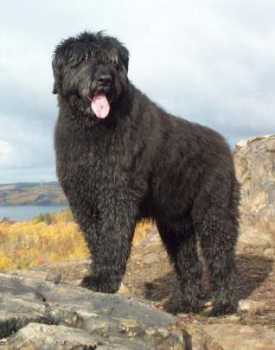This breed is so unique that it is hard to categorize. Dalmatian history is long and full of legends. His body type mimics both the pointers and the tight-skinned, small-eared hounds of eastern Europe. Since these types developed from one another, it may be a moot point. Since the breed is not used for either scent work or hunting with a gun, it is doubly hard to know his familial tree. Some histories show him used as a gun dog, a trail hound, a shepherd and guardian, a draft dog and even a ratter! Legend has him coming from northern India long ago, being brought to eastern Europe with bands of gypsies. Since some very early records of the breed are found in Dalmatia, from whence comes his name, the FCI lists him as a product of Yugoslavia.
Whatever his origin, the spotted dog that works with horses has been known in Europe since the Middle Ages. With his introduction into Britain, the aristocracy there found the perfect accent for their ornate carriages, liveried drivers and matched high-stepping horses. At first the Dal trotted alongside carriages on long treks to protect the travelers from highwaymen, but eventually the breed became more of an ornament for the wealthy. The Dalmatian dogs went ahead to "clear the way" in the streets or trotted decoratively under the front or rear axles. Popular also in the stables and liveries of the average man, they became known especially for their presence in the fire stations with horse-drawn water wagons. The sight of Dais running through the streets of London clearing the way for the firemen galloping to the scene of a fire gave the breed its nickname of "Firehouse Dog."
From his days in the carriage houses and fire stations of old England, he has made the transition to the modern mascot. A picture of an American firetruck and firefighter without the faithful spotted Dalmatian on the front seat just isn't complete. The breed remains friendly with horses, and he still carries out his task of accompanying horse-drawn equipage. Field events for modern fanciers test the abilities of the Dal to perform these duties. Although he enjoyed a steady, if moderate, popularity, the 1956 book 101 Dalmatians, published in Britain and later made into a Walt Disney movie, thrust fame upon him!
The Dalmatian is a clean, quiet, discerning pet. He makes a fine watchdog, almost never barking unless there is evidence of something amiss. "Gentlemanly reserve" describes his character, for he has a highly tuned sense of who his master is. Despite good manners, he has a tough inner core and is not afraid to defend his own if pushed.
The breed's simple lines and lack of any need for clipping, grooming or docking appeals to many people. His repute has spread worldwide and he is found in homes, show rings and "on the job" in many countries.
Dalmatian puppies are born pure white, with the spots beginning to fill in during the first few weeks. This is one of the proofs that scientists have used to decide that the Dais' spots are genetically a form of large ticking. Just as the ticking on an Australian Cattle Dog or a German Shorthair doesn't show up until a few weeks or more after birth, such is the nature of the Dalmatian's adornment. Because of the white factor, a certain small percentage of Dalmatian puppies are born permanently deaf.
The Dal is a breed of almost incredible endurance, able to travel at a moderate pace almost indefinitely. Thus their need for exercise is more than casual, and prospective owners should keep that in mind.
Breeds navigation
Please visit this website to get high quality dog harness for reasonable prices
Click on this link please to browse variety of great dog harness
|

